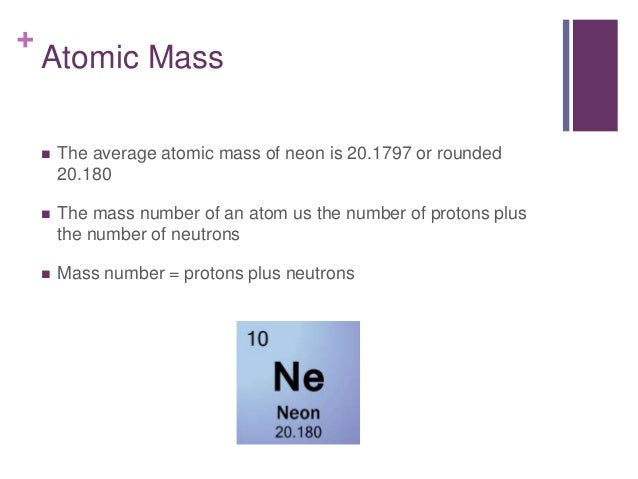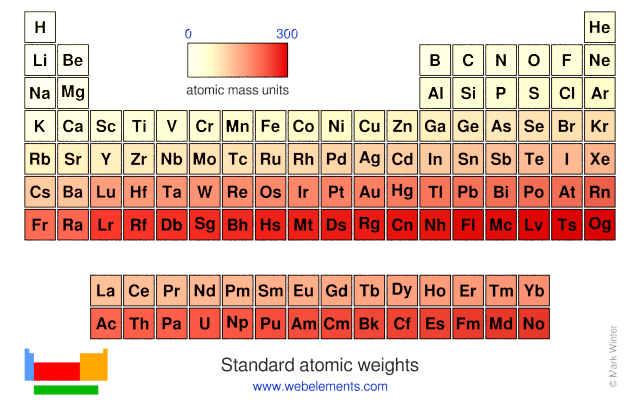A student found that 1.19 g of chromium (#Cr#) formed 1.74 g f chromium oxide. The molar mass of #Cr# is 52.00 g/mol. What is the empirical formula of chromium oxide?
Name: Chromium Symbol: Cr Atomic Number: 24 Atomic Mass: 51.9961 amu Melting Point: 1857.0 °C (2130.15 K, 3374.6 °F) Boiling Point: 2672.0 °C (2945.15 K, 4841.6 °F) Number of Protons/Electrons: 24 Number of Neutrons: 28 Classification: Transition Metal Crystal Structure: Cubic Density @ 293 K: 7.19 g/cm 3 Color: gray Atomic Structure. Atomic Mass of Chromium. Atomic mass of Chromium is 51.9961 u. Note that, each element may contain more isotopes, therefore this resulting atomic mass is calculated from naturally-occuring isotopes and their abundance. The unit of measure for mass is the atomic mass unit (amu). One atomic mass unit is equal to 1.66 x 10-24 grams.
1 Answer
Explanation:
Atomic Mass Of Chromium Isotopes
As with all these problems, we calculate the molar quantities of each substituent, and normalize them according to the masses of the atomic constituents:
And we divide thru by the SMALLEST molar quantity, that of chromium, to give:
But by definition, the empirical formula is the smallest WHOLE number ratio that defines constituent atoms in a species. To get a whole number ratio, clearly we mulitply the empirical ratio by
How did I know there were

Chromium 58 Protons Neutrons Electrons

Related topic
Atomic Mass Of Chromium-58
Related questions
